Discover key insights into the paracetamol industry.
January 10, 2025
Written by Turian Biel

Table of Contents
- Future of Paracetamol Production: Key Developments in 2025
- India's First Indigenously Manufactured Paracetamol
- Growth of the Paracetamol Tablets Market
- New Regulations Impacting Paracetamol Sales
- Global Market Growth Projections
- Price Adjustments in Pakistan's Paracetamol Market
- Impact of Regulatory Changes on Pricing
- Micro Labs' Expansion in the Paracetamol Market
- Technological Advancements in Paracetamol Production
- Yield Improvements in Paracetamol Synthesis
- Challenges Facing the Paracetamol Industry in 2025
- Regulatory Scrutiny and Compliance Issues
- Fluctuating Raw Material Prices
- Competition from Alternative Pain Relief Medications
- Impact of COVID-19 on Paracetamol Demand
- Consumer Awareness and Education
- Technological Innovations in Manufacturing
- Environmental Sustainability in Production
- Market Dynamics in Emerging Economies
- Future Trends in Paracetamol Formulations
- Global Supply Chain Considerations
- Emerging Trends and Innovations in Paracetamol Production
- Consumer Trends Influencing Paracetamol Usage
- Conclusion
Future of Paracetamol Production: Key Developments in 2025
India's First Indigenously Manufactured Paracetamol
India's pharmaceutical sector is poised for a major transformation with the launch of its first indigenously manufactured paracetamol in 2025. This initiative, spearheaded by Indian Drugs and Pharmaceuticals Limited (IDPL), aims to reduce reliance on imports and enhance drug affordability for consumers. The move aligns with the government's "Aatmanirbhar Bharat" initiative, promoting self-reliance in pharmaceuticals. By lowering costs and fortifying India's position in the global pharmaceutical industry, this shift is expected to invigorate local manufacturing ecosystems and improve healthcare access, especially in rural areas. Made-in-India Paracetamol set to revolutionize Pharmaceutical Sector in 2025
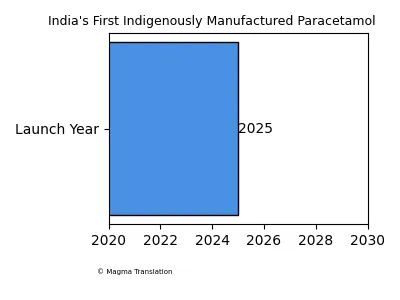
Growth of the Paracetamol Tablets Market
The Paracetamol Tablets Market is projected to experience significant growth, driven by the increasing incidences of chronic pain conditions and a growing awareness of self-medication. This market encompasses various end-users, including hospitals, clinics, pharmacies, and individual consumers, highlighting its widespread application in treating medical conditions such as headaches and muscle aches. Opportunities for growth exist in untapped rural markets and the development of innovative formulations. However, challenges such as regulatory scrutiny and fluctuating raw material prices may impact market stability. source
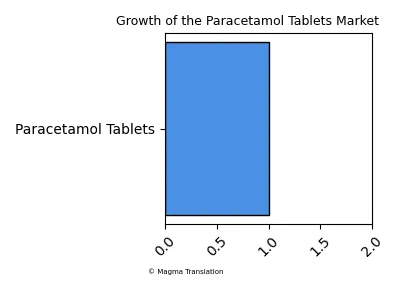
New Regulations Impacting Paracetamol Sales
Starting from February 1, 2025, new regulations will significantly alter the maximum pack size of paracetamol available for general sale in supermarkets and pharmacies. The maximum pack size will be reduced from 20 to 16 tablets for supermarkets and from 100 to 50 tablets for pharmacies. Additionally, paracetamol will now be required to be sold in blister or strip packaging, with bulk bottles of 100+ tablets no longer permitted. These changes aim to address rising cases of paracetamol poisoning, particularly among young adults. Are you prepared for the paracetamol regulation changes?
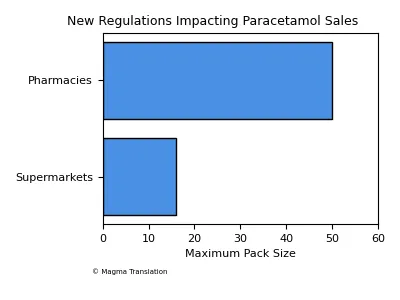
Global Market Growth Projections
The global paracetamol market is expected to continue its growth trajectory, driven by the increasing prevalence of medical conditions requiring pain management solutions. Almost 80% of the para-aminophenol (PAP) produced globally is utilized for paracetamol production, indicating substantial growth opportunities in this sector. The market's expansion is fueled by the rising demand for effective pain relief options, making it a critical area for investment and development. source
Price Adjustments in Pakistan's Paracetamol Market
The health ministry in Pakistan has recently notified new prices for paracetamol, with a significant increase of over 25% approved by the finance ministry. A pack of 200 paracetamol tablets (500mg) is now priced at Rs470, equating to Rs2.35 per tablet. This price adjustment aims to ensure an uninterrupted supply of paracetamol and curb black market sales at inflated prices. Such changes reflect the ongoing challenges in maintaining affordable healthcare while ensuring product availability. Dawn
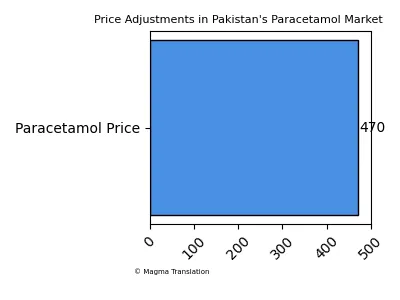
Impact of Regulatory Changes on Pricing
The proposed changes to the statutory scheme for branded medicines pricing indicate that the payment percentage for 2025 is expected to be 23.7% without the lifecycle adjustment mechanism, and 11.1% with it. These adjustments are crucial for managing the costs associated with branded medicines, including paracetamol, and will likely influence market dynamics and pricing strategies in the coming years. source

Micro Labs' Expansion in the Paracetamol Market
Micro Labs, the maker of Dolo-650, has seen significant growth in the paracetamol market, particularly during the COVID-19 pandemic, where it became the number one prescribed paracetamol brand in India. The company plans to continue focusing on the domestic market while also expanding its international presence, particularly in regulated markets like the US and Europe. They aim to enhance their capabilities to meet future demands and improve their operational efficiency through technology and automation. Source
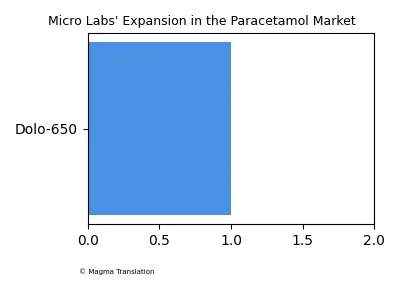
Technological Advancements in Paracetamol Production
Technological advancements are expected to play a significant role in the evolution of paracetamol production. Innovations in manufacturing processes and the development of sustainable practices will enhance consumer accessibility and brand differentiation. As the market evolves, companies will need to adapt to these changes to remain competitive and meet the growing demand for paracetamol products. source

Yield Improvements in Paracetamol Synthesis
In an experiment on making paracetamol using 4-aminophenol and ethanoic anhydride, a yield of 66% was reported. This yield was attributed to factors such as the formation of by-products and potential losses during purification steps. Understanding these factors is crucial for improving production efficiency and maximizing output in future paracetamol manufacturing processes. source
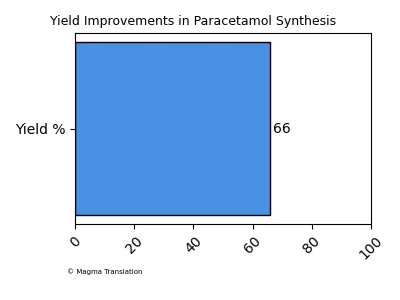
Challenges Facing the Paracetamol Industry in 2025
Regulatory Scrutiny and Compliance Issues
The paracetamol industry is facing increasing regulatory scrutiny, which poses challenges for manufacturers. Compliance with new regulations, such as those concerning packaging and dosage limits, requires significant adjustments in production processes. Companies must invest in quality control and ensure that their products meet safety standards to avoid penalties and maintain market access. This regulatory landscape is expected to evolve further, impacting how paracetamol is produced and marketed. Are you prepared for the paracetamol regulation changes?
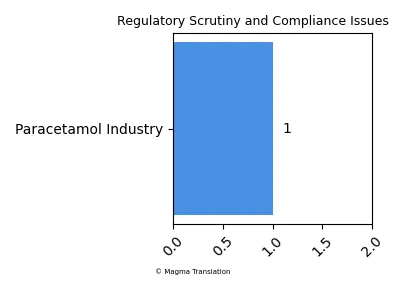
Fluctuating Raw Material Prices
Fluctuating raw material prices are a significant concern for the paracetamol market. The costs of key ingredients, such as para-aminophenol, can vary due to supply chain disruptions and market demand. These fluctuations can impact production costs and, consequently, the pricing of paracetamol products. Manufacturers must develop strategies to mitigate these risks, such as securing long-term contracts or diversifying their supplier base. source
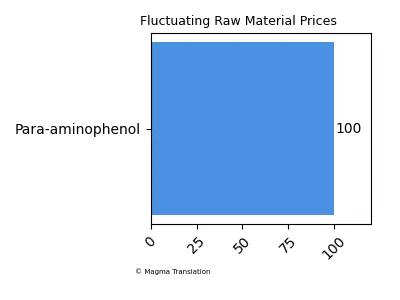
Competition from Alternative Pain Relief Medications
The paracetamol market faces competition from alternative pain relief medications, including non-steroidal anti-inflammatory drugs (NSAIDs) and newer analgesics. As consumers become more aware of various options available for pain management, manufacturers must differentiate their products and highlight the unique benefits of paracetamol. This competitive landscape will require innovative marketing strategies and potentially the development of new formulations to retain market share. source

Impact of COVID-19 on Paracetamol Demand
The COVID-19 pandemic has significantly impacted the demand for paracetamol, with increased usage for managing symptoms associated with the virus. This surge in demand has led to supply chain challenges and shortages in some regions. As the world moves towards recovery, understanding the long-term effects of the pandemic on paracetamol consumption patterns will be crucial for manufacturers in planning their production and inventory strategies. Source
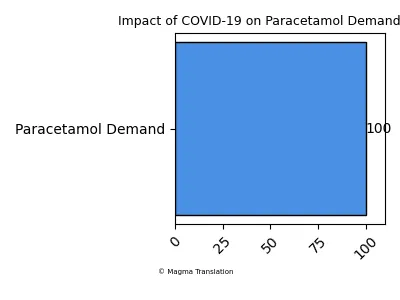
Consumer Awareness and Education
Consumer awareness and education regarding the safe use of paracetamol are essential for preventing misuse and overdose. With rising cases of paracetamol poisoning, particularly among young adults, manufacturers and health organizations must collaborate to provide clear information about dosage and potential risks. Effective communication strategies can help improve public understanding and promote responsible use of paracetamol products. Are you prepared for the paracetamol regulation changes?
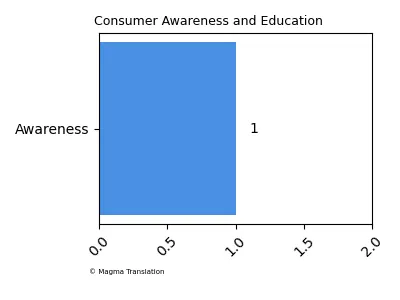
Technological Innovations in Manufacturing
Technological innovations are transforming the manufacturing processes of paracetamol. Automation and advanced manufacturing techniques can enhance efficiency, reduce costs, and improve product quality. Companies that invest in these technologies will likely gain a competitive edge in the market. As the industry evolves, staying abreast of technological advancements will be crucial for manufacturers aiming to meet the growing demand for paracetamol. source

Environmental Sustainability in Production
Environmental sustainability is becoming increasingly important in the paracetamol production process. Manufacturers are under pressure to adopt greener practices, such as reducing waste and minimizing carbon footprints. Implementing sustainable production methods not only helps in compliance with regulations but also appeals to environmentally conscious consumers. Companies that prioritize sustainability may enhance their brand reputation and attract a broader customer base. source
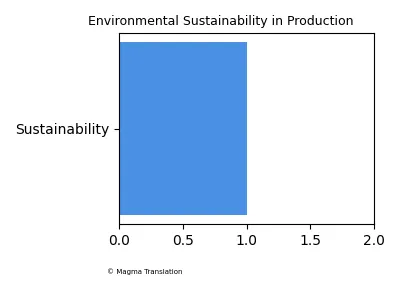
Market Dynamics in Emerging Economies
Emerging economies present unique opportunities and challenges for the paracetamol market. As healthcare access improves and disposable incomes rise, demand for paracetamol is expected to increase. However, manufacturers must navigate local regulations, pricing pressures, and competition from generic brands. Understanding the specific dynamics of these markets will be essential for companies looking to expand their presence in emerging regions. Dawn
Future Trends in Paracetamol Formulations
The future of paracetamol formulations is likely to see innovations such as extended-release tablets and combination drugs that enhance efficacy and patient compliance. As research continues to explore new delivery methods and formulations, manufacturers must stay ahead of trends to meet evolving consumer needs. This focus on innovation will be crucial for maintaining competitiveness in the paracetamol market. source
Global Supply Chain Considerations
The global supply chain for paracetamol is complex and can be affected by various factors, including geopolitical tensions and trade policies. Manufacturers must develop robust supply chain strategies to ensure consistent access to raw materials and maintain production levels. Understanding these dynamics will be critical for companies aiming to navigate potential disruptions and ensure the steady supply of paracetamol products. source
Emerging Trends and Innovations in Paracetamol Production
Shift Towards Personalized Medicine
The trend towards personalized medicine is influencing the paracetamol market, as consumers increasingly seek tailored healthcare solutions. This shift may lead to the development of paracetamol formulations that cater to specific patient needs, such as those with chronic pain or unique metabolic profiles. By focusing on personalized approaches, manufacturers can enhance patient satisfaction and improve therapeutic outcomes. Source
Integration of Artificial Intelligence in Production
Artificial intelligence (AI) is beginning to play a significant role in the production of paracetamol. AI technologies can optimize manufacturing processes, predict maintenance needs, and enhance quality control measures. By leveraging AI, companies can improve efficiency, reduce costs, and ensure consistent product quality, which is essential for maintaining competitiveness in the evolving paracetamol market. source
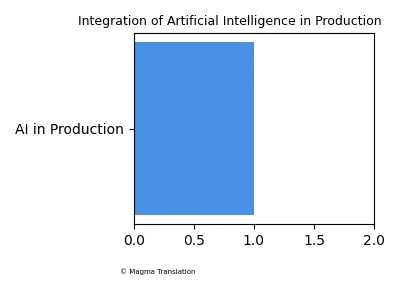
Collaboration Between Industry and Academia
Collaboration between the pharmaceutical industry and academic institutions is becoming increasingly important for advancing paracetamol research and development. These partnerships can facilitate innovation in formulation technologies, manufacturing processes, and clinical applications. By working together, industry and academia can drive advancements that improve the efficacy and safety of paracetamol products, ultimately benefiting consumers. source
Consumer Trends Influencing Paracetamol Usage
Increased Preference for Over-the-Counter Medications
There is a growing preference among consumers for over-the-counter (OTC) medications, including paracetamol, due to their accessibility and convenience. This trend is driven by the desire for self-medication and the ability to manage minor ailments without a prescription. As consumers become more health-conscious and informed, the demand for easily accessible pain relief options is expected to rise, influencing the overall market dynamics for paracetamol. source
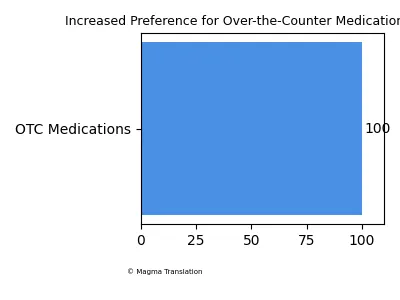
Conclusion
The paracetamol market is poised for significant changes in 2025, driven by regulatory shifts, technological advancements, and evolving consumer needs. As manufacturers adapt to these dynamics, the focus on innovation, sustainability, and compliance will be crucial for success in this competitive landscape.
